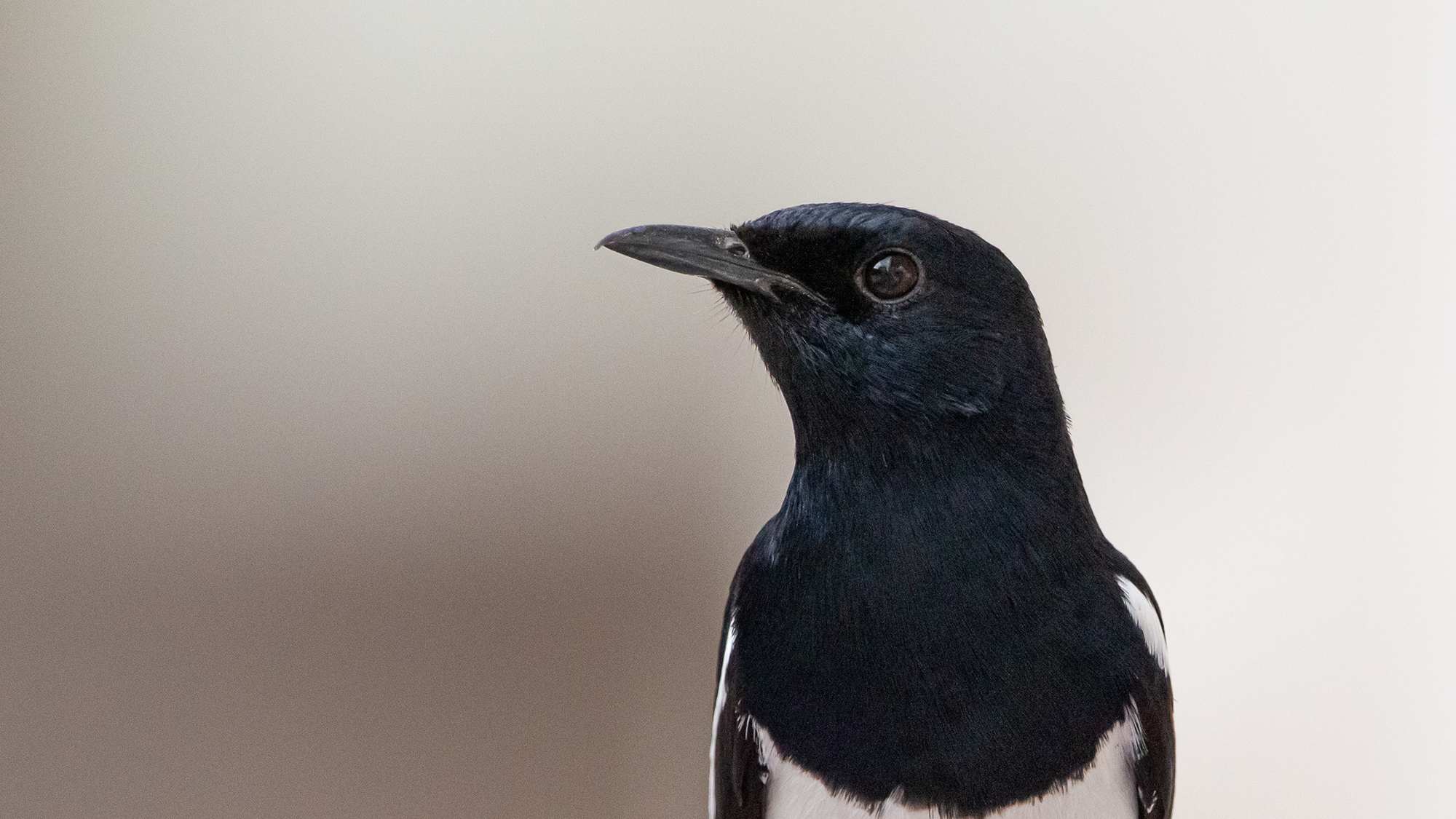

What’s the weirdest thing you learned this week? Well, whatever it is, we promise you’ll have an even weirder answer if you listen to PopSci’s hit podcast. The Weirdest Thing I Learned This Week hits Apple, Spotify, YouTube, and everywhere else you listen to podcasts every-other Wednesday morning. It’s your new favorite source for the strangest science-adjacent facts, figures, and Wikipedia spirals the editors of Popular Science can muster. If you like the stories in this post, we guarantee you’ll love the show.
FACT: Ancient people survived the apocalypse in style
By Annalee Newitz
Around 1200 BCE in the Mediterranean region, there was an historical event that archaeologists often call the “Bronze Age Collapse.” Nobody is certain what happened, but there is strong evidence that there were earthquakes and social uprisings, which together left several large, wealthy cities in ruins. From Mycenae off the coast of Greece, to Ugarit in Syria, researchers have found the remains of fire, fighting, and destruction that signaled the end of the area’s great Bronze Age powers. But a new study reported in Antiquity journal reveals that civilization survived – albeit in humbler places.
A group called Bays of East Attica Regional Survey (BEARS for short) conducted a survey of surface-area remains from a thriving post-Bronze Age town in Porto Rafti, a coastal area southeast of Athens. Among the items left from households in the town, BEARS found fancy jewelry and ceramics, as well as obsidian tools imported from distant regions and complex collections of cookware that had previously been seen in elite kitchens on Mycenae. The archaeologists believe that this town continued to enjoy the luxuries of a Bronze Age city in their small coastal town because they had easy access to trade routes that allowed them to maintain social and economic relationships with other communities.
So if you want to survive a massive social transformation in style, the best thing you can do is keep up good relationships with your neighbors.
FACT: Researchers thought that the remains of this powerful Copper Age leader were of a man. A tooth proved otherwise
By Chelsey B. Coombs
It’s really hard to tell someone’s sex from poorly preserved remains. While archaeologists have often relied on size differences they see in craniums and pelvises, those parts don’t always escape the sands of time.
In 2008, archaeologists came upon a burial chamber in Valencina, Spain, with an incredible treasure trove of goods, including an entire African elephant’s tusk, which was kind of weird to find in Europe, a large ceramic plate with traces of wine and cannabis, a flint dagger, an ivory comb, and just one person’s remains in it. Clearly, this was the burial site of an important person. The remains weren’t super well preserved and using the standard methods of analysis at the time, they determined they belonged to a man between 17 to 25 years old, who they dubbed the Ivory Man.
Since then, there have been advances in science that make determining human remains’ sex much easier, and they involve teeth. There’s a protein in our tooth enamel called amelogenin that comes in different forms based upon sex chromosomes, X and Y, and it’s often preserved pretty well. Using this methodology, in 2021, archaeologists determined that the Ivory Man was actually the Ivory Lady.
It’s fascinating because it shows there’s this huge sex and gender bias, present in all science, but in this case, archaeology, that has informed our ideas about what prehistoric society was like.
FACT: Birds have been using anti-bird spikes to build love nests and fortresses
By Rachel Feltman
Researchers at the The Natural History Museum in Rotterdam have found that anti-bird spikes are being co-opted for pro-bird purposes: They’re showing up as building materials in nests.
Birds using gnarly human materials in their nests isn’t news in and of itself. Published reports of nests made out of wire date back to 1933, and researchers have reported birds using barbed wire, nails and screws. One study even showed that pigeons in Canada were using old syringes for their (infamously terrible looking, but actually surprisingly adequate) nests. Generally speaking, birds are great at using our trash to build homes, for better and for worse.
The Rotterdam researchers reported on several bird nests made using anti-bird spikes, an example of hostile architecture. They found that crows were harvesting and using the spikes to shore up the stability of their nests, while magpies were using them to adorn the outside of their spherical nests. They believe that in addition to adding decor to the flashy magpie nests, the spikes may serve to deter larger birds and other potential predators.
